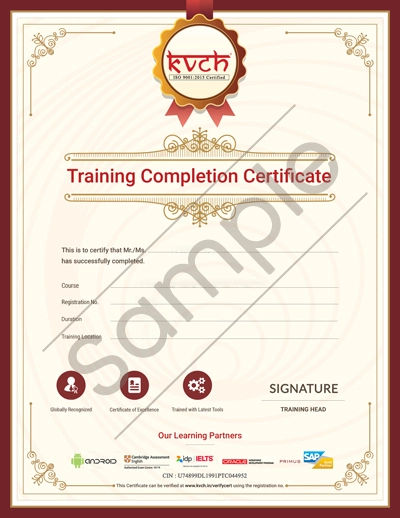API Testing Course Overview
The API Testing course provides a comprehensive learning experience tailored for beginners and professionals seeking to deepen their understanding of testing Application Programming Interfaces (APIs). APIs serve as the backbone of modern software applications, enabling seamless communication between different systems and services. This course emphasizes the critical role of API testing in ensuring data integrity, security, and seamless functionality in interconnected software ecosystems.
Learners will start with foundational concepts, such as understanding API architecture, the role of HTTP methods like GET, POST, PUT, DELETE, and interpreting JSON and XML responses. Progressing through the course, participants will delve into advanced topics such as API authentication (OAuth, JWT, API keys), error handling, and performance testing to assess API scalability under different load conditions.
Hands-on practice is at the core of the curriculum, with guided exercises using industry-leading tools like Postman for manual testing, Rest Assured for automation, and Swagger for API documentation. Students will also explore integrating API testing into CI/CD pipelines to streamline quality assurance processes. Real-world case studies and projects will provide exposure to testing APIs for web applications, mobile apps, and microservices, ensuring they meet functional and non-functional requirements.
By the end of the course, participants will have mastered the skills necessary to design and execute effective API test strategies, troubleshoot and resolve issues, and contribute to building reliable and high-performing software systems. Whether you're aiming to start a career in QA or enhance your existing development skills, this course will prepare you to excel in the fast-paced world of software development and testing.
API Testing Curriculum
- Client-Server Architecture
- Presentation, Business and Database layers
- What is an API?
- What is API Testing?
- Difference between API testing and Unit testing
- Web services -> an introduction
- HTTP Structure
- XML and JSON -> an overview
- URI and URL
- Tools for API Testing
- Approach of API Testing
- Challenges of API Testing
- What to test for in API testing
- HTTP methods
- Status codes
- Example APIs
- Introduction to POSTMAN tool and installation
- Creating requests in Postman
- Creating collections in Postman
- Understanding variables and environments in Postman
- Authorization in POSTMAN
- Assertions/Test scripts in POSTMAN
- Command line integration with Newman
- What is REST?
- Rest Architectural Elements
- Configure Eclipse with Rest-Assured
- REST API Test using Rest Assured
- Validate Response Status using Rest Assured
- Validate Response Header using Rest Assured
- Read JSON Response Body using Rest Assured
- POST, PUT, and PATCH Request using Rest Assured
- Authentication and Authorization in REST Web Services
- Sample automation framework design using REST Assured
- Introduction - SoapUI WebServices Testing Tool
- Exploring WSDL
- Soap Messaging
- Started with Soap UI
- Assertions
- Groovy Scripting
- RESTful Web Services
- Web Service Extensions
- Testing Databases with SoapUI
- File Reading
- Introduction to SOAP Web Services
- SOAP UI / Ready API Basics and Installation
- Create a Project, Test Suite, Test Case
- Assertions










.webp)
.webp)
.webp)
.webp)
.webp)
.webp)
.webp)
.webp)
.webp)
.webp)
.webp)
.webp)
.webp)
.webp)
.webp)
.webp)
.webp)
.webp)
.webp)
.webp)
.webp)
.webp)






























